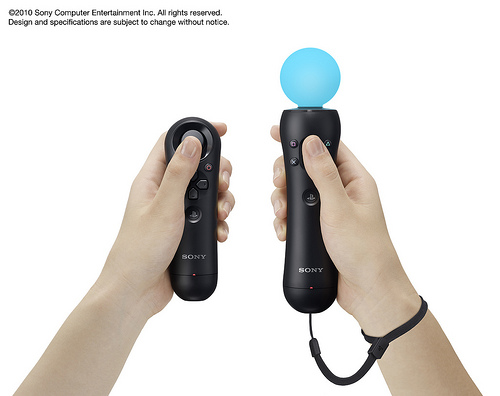In the past we had basic experiences, back in the day games
were limited to either side-scrolling or top-down interactions.
Perceived affordances – perceived
properties of the object that suggests how one could use it. On a controller
the gamepad is elevated so that players know they are press able and triggers
on the back so players perceive it to flick it with their finger. The joystick
is used to rotate, it controls direction. There are a lot of moving and timing in
games. Back in the day when Nintendo was out, their control was very boring. It
had four direction buttons and two action buttons. It was an inexpensive way to
produce a controller, now controllers cost $60. Nintendo later came out with a
gun type controller. It created the trigger button. It changed the display and
it increased the frames, it was faster than the eye could detect. Now buttons aren’t
buttons anymore they are a rich set of interactions. There are many buttons
with triggers (face and directional), there is also dual analog sticks that are
used for three dimensional play (it dictates the camera modes).
 |
| Figure 1 - PS3 Controller with Keypad |
Interactions with controllers
allows for players to feel more immersed inside the game. Analog gives
reasonable mapping to 3D environments. There are many buttons and this allows
for different timing tasks. There are also special or mode switch actions on
the face buttons. When a player plays video games with a controller it is found
that when the game gets harder the player exerts more pressure on the buttons. When
I play Mario Kart Wii with friends I find that I tend to press the buttons very
hard when it is the last lap and I need to catch up. Game designers can use
this information to create a new controller that is sensitive to button
pressure. If a player wants to run faster he/she would have to press the button
harder. This gives players more of an in-depth feel to the game. If a player
wants something he/she will have to work harder for it.
 |
| Figure 2 - People aggressively playing the Wii |
Each controller has different
affordances. A keyboard is for typing, a mouse is used for targeting, and the
gamepad is used for combos. Buttons are also used for rhythmic games, but when
playing a game like Guitar Hero a game designer needs to take into factor affordance
vs. suspension of disbelief. Sometimes a player rather feels more in the game
than achieving the best score. A player could use a controller to beat the game
efficiently but sometimes they rather use a controller that feels more
realistic so that they are immersed into the game (Guitar Hero, Mario Kart Wii
Wheel, and Gran Turismo Wheel).
 |
| Figure 3 - Gran Turismo 5 Wheel |
The Xbox 360 Kinect is a gaming
controller. It allows for the actual gamer to become the controller. There would
be a lost affordance as the player would have to figure what each thing does. However
there would be affordances as well because it’ll feel like doing something in
reality. An example of this is if you are playing a fighting game a player
would know how to punch and kick but they are used to creating combos from the
gamepad. The PS3 also uses the player’s motion; it deals with accelerometer,
gyros and compass. It has a balance though because it has motion but it also
has standard buttons that players are used to.
 |
| Figure 4 - PS3 Move Controller |
Questions to Consider
What types of input devices will
come from the new generation of consoles?
Will the Wii controller be an
inspiration to new devices or will it be a fresh look and feel?
Is it possible to have gesture recognition
in gaming consoles/controllers?
References
Figure 1 - http://www.sonyinsider.com/wp-content/uploads/2008/08/ps3-keypad-1.jpg
Figure 2 - http://paranerds.com/wp-content/uploads/2011/03/nintendo-wii.jpg
Figure 3 - http://ps3.mmgn.com/Lib/Images/Articles/Normal/Gran-Turismo-5-Racing-wheels-comparison-1061484.jpg
Figure 4 - http://www.nintendoeverything.com/wp-content/uploads/2010/03/playstation_move.jpg
No comments:
Post a Comment